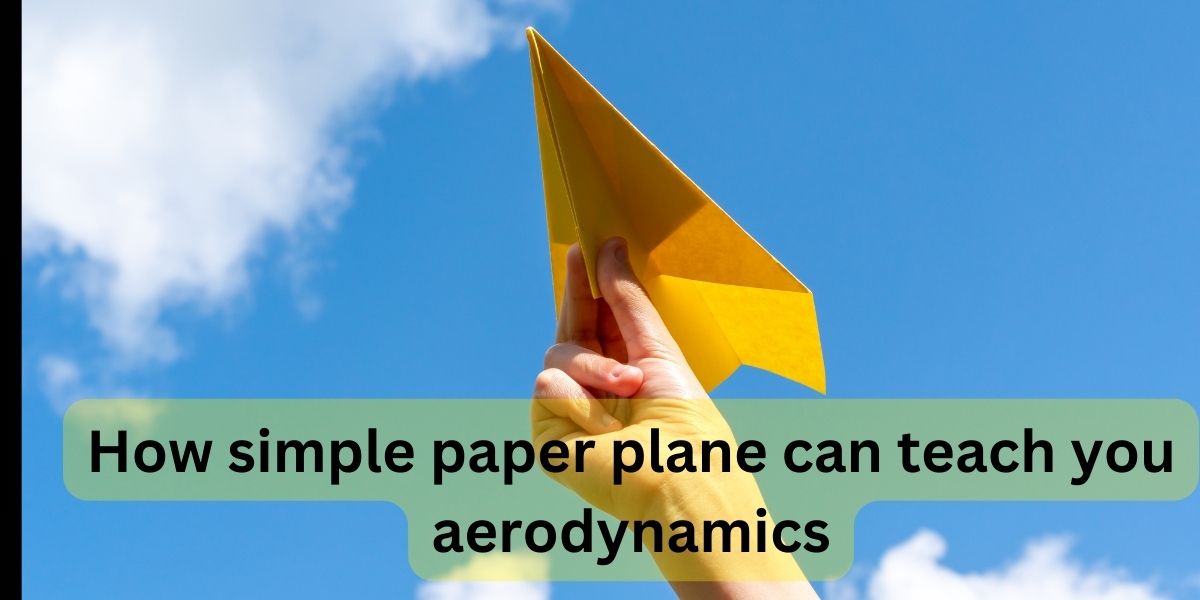Creating a simple paper plane can serve as a practical and engaging way to learn about basic aerodynamics. Here’s how:
- Understanding Lift and Drag: When folding a paper plane, you intuitively manipulate its shape to generate lift and reduce drag. By experimenting with different folding techniques and designs, you can observe how changes in the plane’s shape affect its flight characteristics. For instance, folding the wings upward can increase lift, while reducing the surface area of the plane can minimize drag.
- Exploring Center of Gravity and Stability: As you fold and adjust the paper plane, you’re also considering its center of gravity and stability. Placing weights (like paper clips) at strategic points on the plane can help you understand how its balance affects its flight path. You’ll notice that a well-balanced plane tends to fly straighter and more smoothly compared to one with an imbalanced center of gravity.
- Observing Airflow and Bernoulli’s Principle: When the paper plane is in flight, it interacts with the air around it. You can observe how the shape of the wings affects the airflow over and under the wings. This relates to Bernoulli’s principle, which explains how differences in air pressure create lift. As the air moves faster over the curved top surface of the wings, it creates lower pressure, resulting in lift.
- Experimenting with Thrust and Control Surfaces: While a simple paper plane doesn’t have propulsion or control surfaces like a real aircraft, you can still explore concepts of thrust and control by making adjustments to the plane’s design. For example, adding a small fold or bend to the rear of the wings can act as an elevator, providing some degree of control over the plane’s pitch during flight.
- Applying Trial and Error: Building and testing paper planes involves trial and error, allowing you to learn through hands-on experimentation. By observing how different adjustments impact the plane’s flight performance, you can refine your understanding of aerodynamics and improve your design skills.
Overall, creating and flying paper planes offers a practical and accessible way to explore the principles of aerodynamics in a fun and interactive manner. It encourages curiosity, experimentation, and problem-solving while providing insights into the science behind flight.


No responses yet